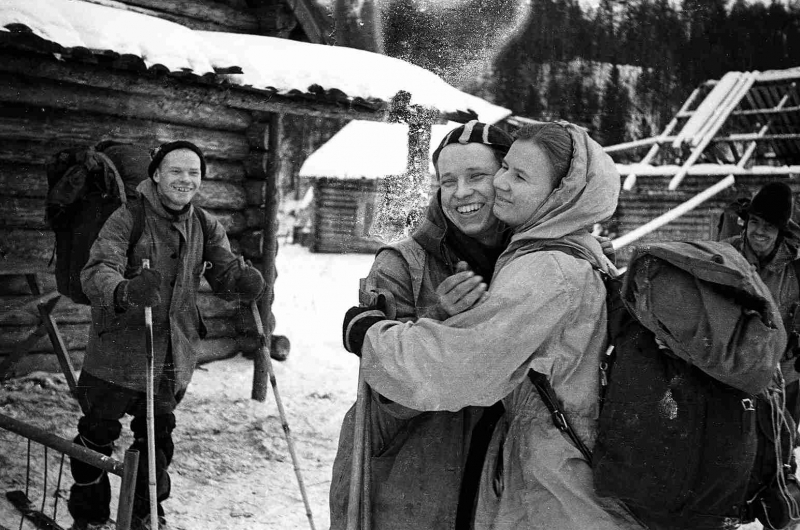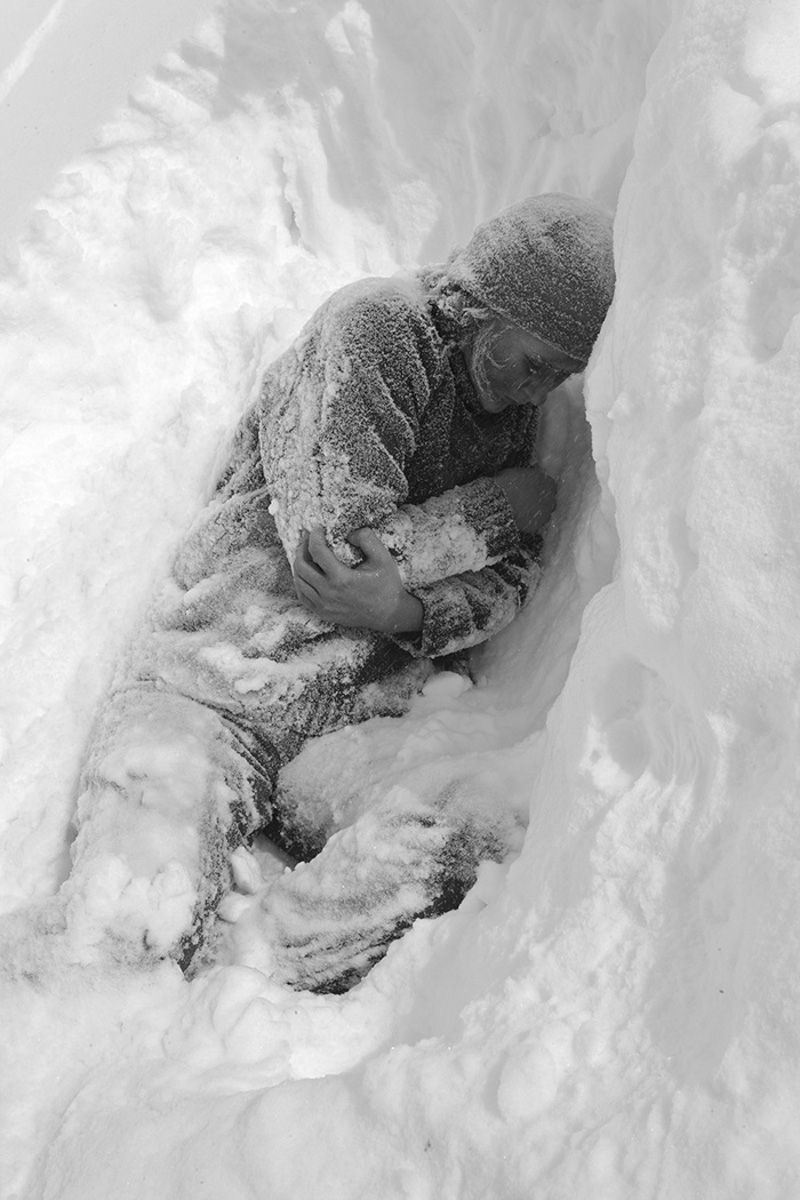The Dyatlov Pass Incident
Nine hikers were missing in Russia in 1959. They were setting out on a 190-mile journey for a skiing excursion. After a week had passed since their scheduled return, rescuers set out to look for them.
The searchers were perplexed by the disorganized mystery of their campground. A few of the remains were discovered there, but the situation was bizarre.
Some trekkers, who weren't even completely dressed, had hacked their way out of their own tents and into the snow. Some of the dead had succumbed to hypothermia, but not all. Trauma to the head and chest killed three people. Their eyes were missing from two of them. One's tongue had vanished.
Both the state of the corpse and its locations were unclear. Only a handful appeared to have been dressed completely and were seen sitting by the fire. Others were distant and appeared to be making their way back to camp. And in the woods, a couple had been missing for more than a month.
Since the group was in avalanche area, one of the first theories was that there might have been an avalanche. The absence of any physical proof was the main issue. That was up till a different theory emerged.
Not all avalanches are the same. A slab avalanche is a specific type of avalanche. This occurs when a thin layer of snow and ice is positioned beneath several other layers. Everything above the weak layer succumbs, taking it with it. Small triggers, such as slabs the size of a vehicle, are possible. But it can weigh more than a ton and move at extraordinary speeds, exactly like an automobile.
Modeling has demonstrated that a slab avalanche may have smashed into the victims' tents, causing the chest and head damage that ultimately led to their deaths. They wouldn't be dressed if they were asleep, which would make sense. It's possible that they made it long enough to crawl out of their tents. Even if they avoided direct contact, the others still sought to flee and eventually passed out from hypothermia. What about the mouth and eyes? Scavenger creatures.












